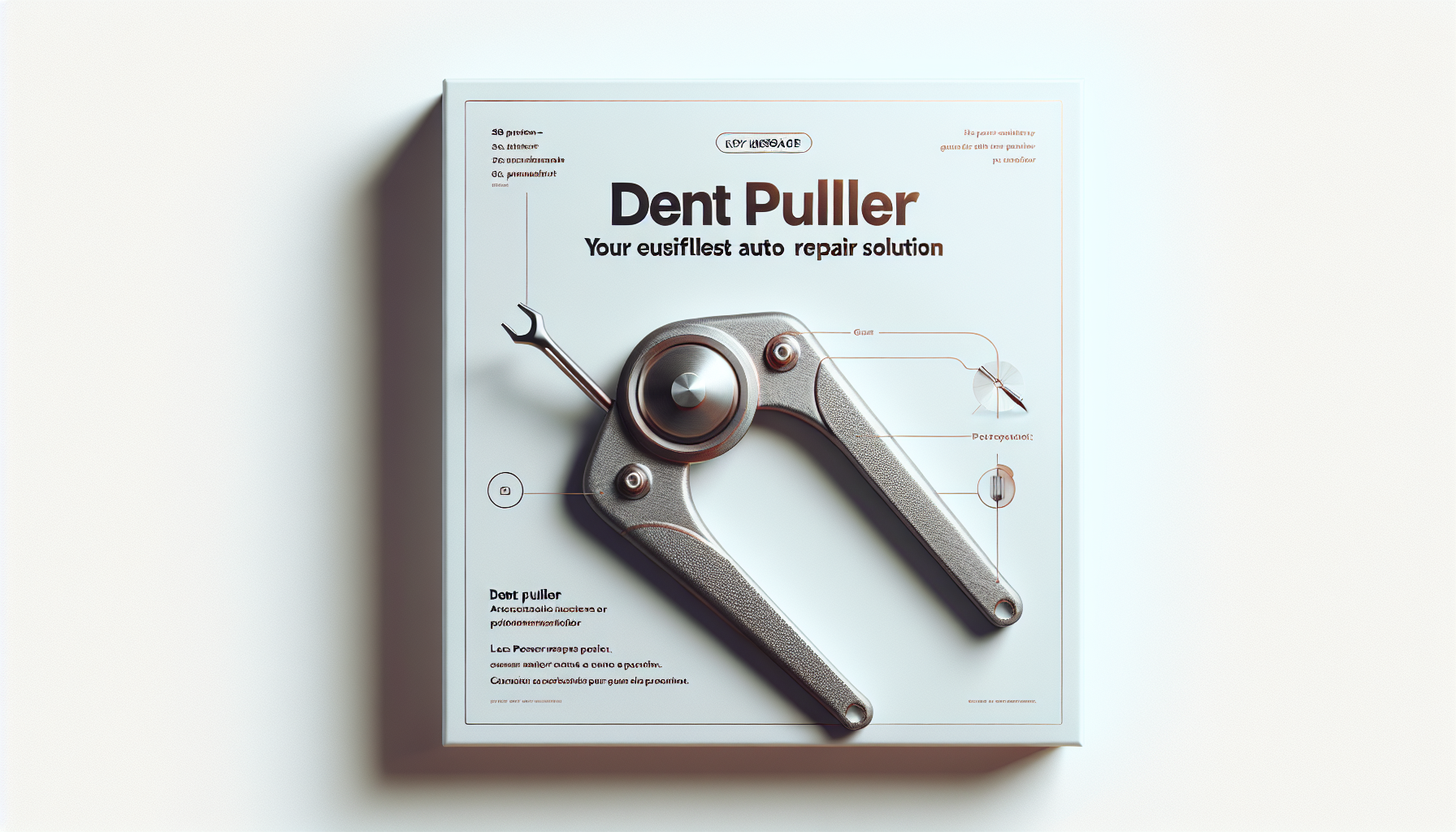Paintless Dent Repair: A Step-by-Step DIY Guide for Restoring Your Car’s Flawless Finish
Dents and dings can be the bane of any car owner’s existence, marring the otherwise pristine appearance of your beloved vehicle. However, with the power of paintless dent repair (PDR), you can breathe new life into your car’s body without the hassle and expense of traditional body shop methods. In this detailed guide, we’ll walk you through the process of PDR, empowering you to tackle those unsightly dents with confidence and achieve professional-grade results.
Assessing the Damage: Determining the Dent’s Complexity
The first step in any successful paintless dent repair is to thoroughly assess the extent and nature of the damage. Not all dents are created equal, and the approach you’ll take will depend on the size, depth, and location of the affected area.
For minor dents, such as those caused by hail or light impacts, the repair process is generally straightforward and well-suited for the DIY enthusiast. However, deeper, more complex dents may require a more experienced hand and specialized tools. As a general rule, if the dent is larger than a quarter or has sharp creases, it’s best to consult with a professional PDR technician to ensure the best possible outcome.
Gathering the Necessary Tools and Supplies
Before you begin the repair process, it’s essential to have the right tools and supplies on hand. The basic PDR toolkit includes:

– Dent repair tools (such as dent pulling rods, knockdown tools, and paintless dent repair hammers)
– Lighting equipment (such as a dent repair light or LED work lamp)
– Protective gear (safety glasses, gloves, and a clean, lint-free cloth)
Depending on the complexity of the dent, you may also need additional tools, such as specialty dent repair sticks or glue pullers. Consult with a professional or refer to online tutorials to ensure you have everything you need for a successful repair.
Preparing the Dent for Repair
Once you’ve gathered your tools, it’s time to begin the repair process. Start by thoroughly cleaning the affected area, removing any dirt, debris, or contaminants that could interfere with the repair. Use a mild soap and water solution, and be sure to dry the surface completely.
Next, inspect the dent to determine the best approach. Look for any underlying damage, such as creases or sharp edges, that may require additional attention. If the dent is located near a panel edge or other hard-to-reach area, you may need to carefully remove surrounding trim or components to access the damaged section.
Applying the Dent Repair Technique
With the dent prepared, it’s time to begin the repair process. The key to successful paintless dent repair is the careful manipulation of the metal, using specialized tools to gradually push and massage the dent back into its original shape.
Start by positioning the dent repair light or LED work lamp to illuminate the affected area, allowing you to clearly see the contours of the dent. Gently insert the dent repair tool through the access point, carefully aligning it with the center of the dent. Apply steady, even pressure, gradually working the metal back into place.
If the dent is particularly deep or stubborn, you may need to employ a technique known as “tapping” or “knocking down.” This involves using a specialized dent repair hammer to apply gentle taps to the metal, gradually reshaping the dent from the inside out.
Throughout the process, be patient and take your time. Rushing or applying too much force can lead to further damage, so it’s crucial to work slowly and carefully, constantly checking the progress of the repair.
Finishing Touches and Inspection
As the dent begins to take shape, you’ll want to closely inspect the area to ensure a seamless, professional-grade finish. Use the dent repair light to carefully examine the surface, looking for any remaining high or low spots that may require additional attention.
Once you’re satisfied with the repair, it’s time to clean the area one final time, removing any residual dust or debris. A quick wipe-down with a clean, lint-free cloth should leave the surface ready for the final step: touch-up painting, if necessary.
Remember, the goal of paintless dent repair is to restore the original shape of the panel without compromising the factory finish. If the repair has left the surface slightly discolored or textured, a light touch-up with a matching paint color can help blend the area seamlessly.
Difficulty Level and Dent Type
The difficulty level of a paintless dent repair can vary greatly depending on the size, depth, and location of the dent. As a general rule, smaller, shallower dents are the easiest to tackle, while larger, deeper dents or those located in hard-to-reach areas may require more skill and specialized tools.
For the DIY enthusiast, minor dents caused by hail, light impacts, or door dings are well within the realm of a successful paintless dent repair. However, more complex dents, such as those with sharp creases or located near panel edges, may be better suited for the expertise of a professional PDR technician.
Check out this [no-follow] video demonstration of the paintless dent repair process to see it in action: [insert video link]
Remember, the key to successful DIY dent repair is patience, attention to detail, and a willingness to learn. With the right tools and a little practice, you can transform your car’s appearance and save yourself the hassle and expense of traditional body shop repairs.



